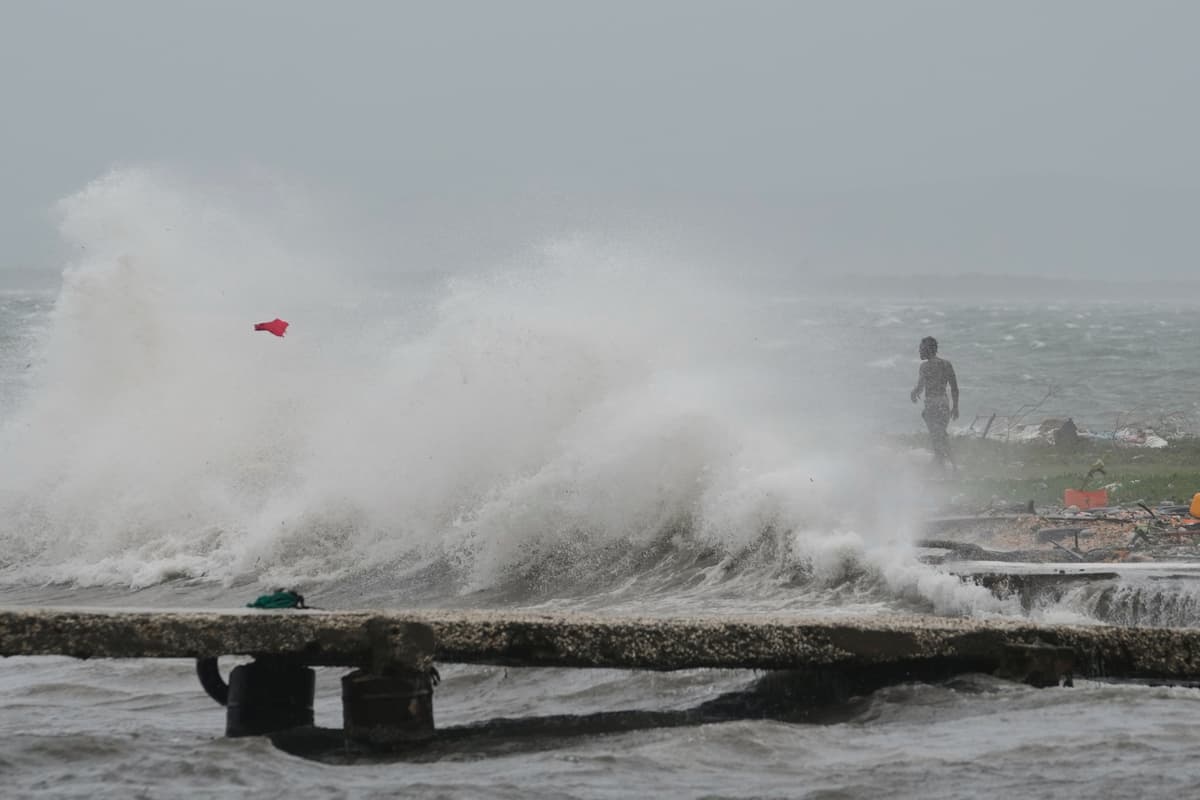‘Catastrophic’ Hurricane Melissa Levels Jamaica With 185 MPH Winds, Widespread Flooding
At least 250,000 people are without power and roofs have been torn off of several buildings in the early hours of the storm.

A monster Category 5 hurricane hit Jamaica on Tuesday afternoon with 185 mile per hour sustained winds, rainfall that was expected to total in the feet, and a storm surge that could swamp properties.
“Don’t bet against Melissa. It is a bet we can’t win,” the minister of local government in Jamaica, Desmond McKenzie, warned in a press briefing shortly before the storm made landfall. Mr. McKenzie said almost 6,000 shelters were open but he was concerned that few people were taking advantage of them.
Hurricane Melissa intensified to one of the strongest storms on record in the Atlantic basin as it made landfall. It was more powerful than Hurricane Katrina, which devastated New Orleans and the United States Gulf Coast in 2005.
“This is an extremely dangerous and life-threatening situation! Take cover now!,” the National Weather Service warned residents of Jamaica in a storm update late Tuesday morning.
The National Hurricane Center said that catastrophic winds could cause total structural failure to buildings, especially in higher elevation areas where the winds speeds could be 30 percent stronger than in lower areas.
The Black River Hospital in the parish of St. Elizabeth lost part of its roof, but not in an area of the building where patients are housed. St. Elizabeth had numerous roads and bridges washed out. There were other reports of roofs being torn off houses in the parish.
The extent of the damage was not expected to be known until well after the storm, especially in hard-to-reach areas.
Nearly 250,000 people had already lost power ahead of landfall and the number was expected to rise by the time the storm passed. Most power was already out in Kingston, according to a BBC reporter riding out the storm in the city. The energy minister of Jamaica, Daryl Vaz, said substations, transmission lines, and distribution lines around the country were out of service.
A Jamaica Public Service building in St. Elizabeth lost its roof but power officials said that would not stop work on the restoration of power the moment it was safe for crews to be on the road.
An estimated 25,000 tourists were still on the island as the storm hit, officials said at Tuesday’s briefing. Most were staying on resort properties which are better able to handle the storm than most buildings on the island.
Forecasters expected Melissa to bring rainfall of 15 to 30 inches to portions of Jamaica, with up to 40 inches possible in some areas. Catastrophic flash flooding and numerous landslides were also likely.
A life-threatening storm surge could reach 9 to 13 feet, according to forecasters. The storm surge was accompanied by large and destructive waves. On the northwest coast of Jamaica, near Montego Bay, there was the possibility of 2 to 4 feet of storm surge.
Melissa was speeding up after hitting Jamaica and was still expected to reach southeastern Cuba as an extremely dangerous major hurricane before continuing across the southeastern Bahamas.
Tropical storm conditions were expected to begin in eastern Cuba on Tuesday afternoon, with hurricane conditions expected in the evening and into Wednesday morning. Forecasters said 10 to 20 inches of rain were expected in Cuba and a significant storm surge along the southeast coast. Peak storm surge heights of 8 to 12 feet above normal tide levels were forecasted.
Most U.S. military personnel were ordered to evacuate the base at Guantanamo Bay ahead of the storm but a shelter-in-place order was issued for the remaining personnel at the base.
Tropical storm conditions were expected in Haiti later Tuesday and Wednesday. The storm was expected to move north into the middle of the Atlantic Ocean and have little impact on the coastal United States.
No new deaths were reported in addition to three reported in preparations for the storm.
The United Nations said that its World Food Program is ready to bring emergency food supplies to Jamaica via boat and plane after the storm passes. It also announced that it was providing cash assistance to some victims.
The Jamaican government set up a rebuilding and relief portal because scam fundraisers were already being spotted.
“We have already been made aware of some nefarious individuals trying to collect money on behalf of Jamaica. We remind you that this will be the official site. If it doesn’t have .gov.jm, it’s not legitimate, it’s not an official government of Jamaica site,” Senator Dana Morris Dixon said at a briefing.
